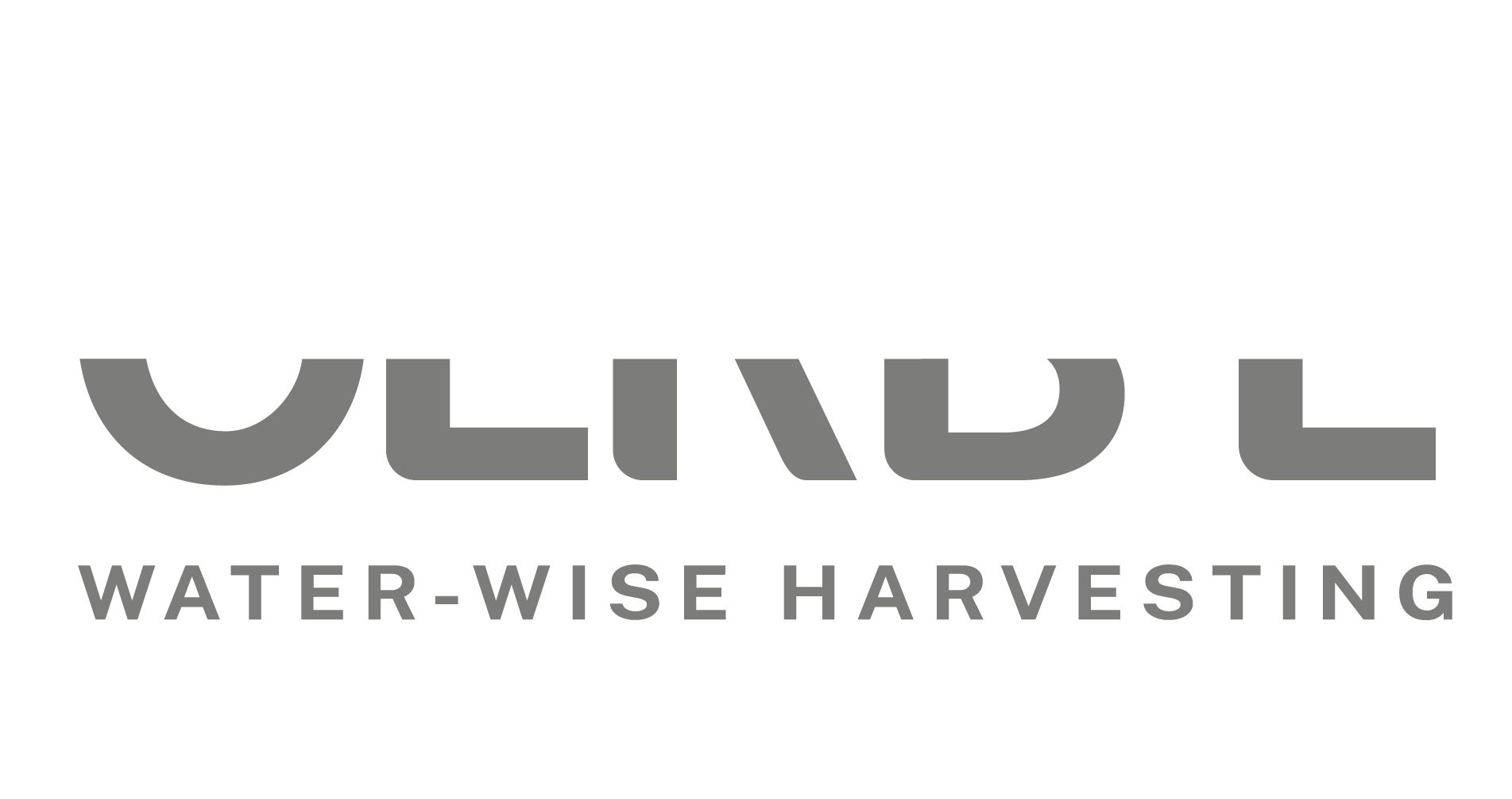GERBIL Moisture probe

Gerbil Probe models
Our series comprises the following probe sizes and sensor numbers:

Gerbil 2.02
Number of sensors: 2
Distance between sensors: 100mm
Depth of last sensor: 200mm
Total probe length: 290mm

Gerbil 3.03
Number of sensors: 3
Distance between sensors: 100mm
Depth of last sensor: 300mm
Total probe length: 390mm

Gerbil 4.04
Number of sensors: 4
Distance between sensors: 100mm
Depth of last sensor: 400mm
Total probe length: 490mm

Gerbil 6.06
Number of sensors: 6
Distance between sensors: 100mm
Depth of last sensor: 600mm
Total probe length: 690mm

Gerbil 8.06
Number of sensors: 6
Distance between sensors: 100,200mm
Depth of last sensor: 800mm
Total probe length: 890mm

Gerbil 12.08
Number of sensors: 8
Distance between sensors: 100,200mm
Depth of last sensor: 1200mm
Total probe length: 1290mm
Main characteristics
Some key features of our GERBIL soil moisture probe include:
- Explores the maximum soil volume per sensor for more representative measurements.
- Integrated temperature sensor for thermal compensation of moisture readings.
- Easy and quick installation without altering the soil structure.
- Pre-calibrated with user-adjustable options.
- Offers multiple configurations of probe length and cable.
- Standard SDI-12 communication, adaptable to other protocols.
- Technical support for integration into client systems.
Installation
The Gerbil series moisture probe has a diameter of 33.5 mm.
For its installation in the ground, it requires a previous drilling in the soil with a standard 35 mm drill bit.
Calibration
The Gerbil probe is supplied factory calibrated for a mixed soil type, and can be calibrated later by the user for other soil types.
Humidity sensor technology
Water dynamics in the soil vary spatially due to climate, topography, and soil properties, and temporally due to utilization and redistribution via subsurface flow:

The GERBIL moisture probe uses capacitive sensors to measure soil moisture. It is therefore FDR (Frequency Domain Reflectometry) technology that allows to detect the moisture level in the soil near the probe sensors, detecting variations in the resonance frequency due to variations in the capacitance of the sensor electrodes.
The principle of operation is as follows: the capacitance depends on the electrical permittivity of the medium between the two electrodes of a sensor, by arranging the electrodes outwards with the appropriate dimensions and orientation, the electrical permittivity of the soil is decisive in the capacitance value of the sensor. The electrical permittivity of water is 80 times higher than that of air; therefore, when the soil is wet, the electrical permittivity of the soil increases, raising the capacitance value, and this modifies the resonance frequency of the sensor.
However, not only the electrical permittivity of the soil affects the capacitance between the electrodes, but also the salinity of the soil can modify the capacitance value. To avoid incorrect moisture measurements due to the effect of salinity, sufficiently high frequencies must be used in the sensor, above 30MHz. For this reason GERBIL moisture probe sensors operate at a frequency above 60MHz.
The probe’s moisture sensors can detect water more than eight centimeters from the probe surface, however, like all sensors based on diurnal variation of the probe’s dielectric range, they can detect water more than eight centimeters from the probe’s surface. Sensors based on dielectric variation, moisture closer to the probe surface has more influence on the sensor’s measurement than moisture farther away. Therefore, the soil closer to the probe has a greater influence on the humidity measurement than the one farther away.

